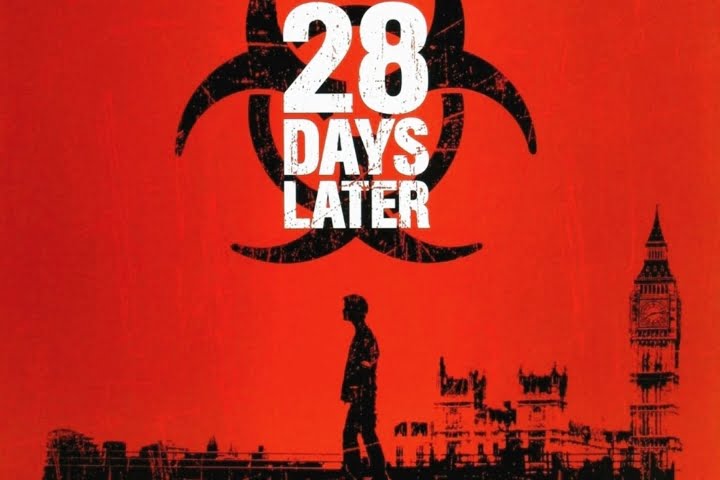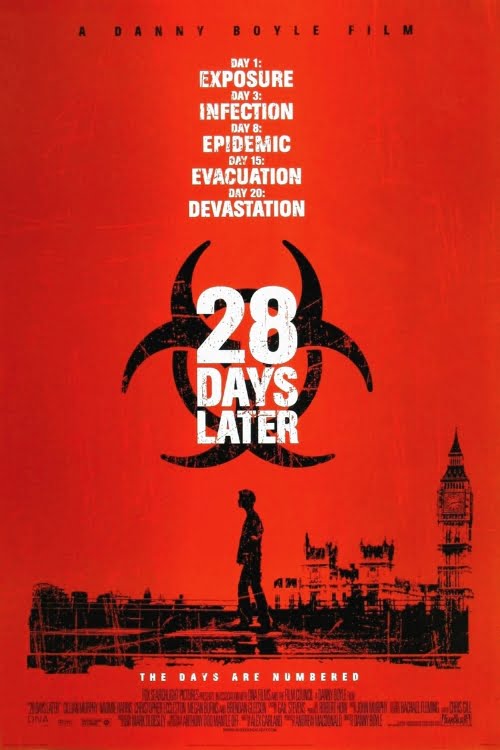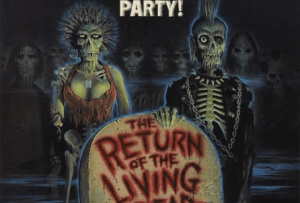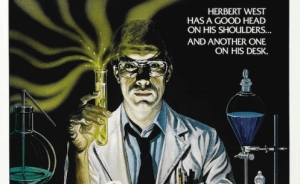onterror.com is reader supported. When you buy through links on our site we may earn an affiliate commission. Learn more
28 Days Later: 5 Fun Facts You Missed

Source: Fox Searchlight Pictures
28 Days Later is one of the most influential zombie movies ever. Released in 2002, Danny Boyle’s film helped revive the zombie genre for a new generation. Let’s take a look at 5 interesting facts you may not know about this classic post-apocalyptic thriller.
1. Fast Zombies
It was one of the first major films to depict “fast zombies”. Up until 28 Days Later, most zombies in the film shambled slowly. However, Boyle depicted the “infected” people running at full speed, relentlessly pursuing their victims. This helped popularize the “fast zombie” trope common in modern zombie movies and shows.
2. On Digitial
The entire film was shot on digital video. At the time, this was quite rare for a major studio film release. Shooting digitally allowed Boyle and his small crew to move quickly around locations without traditional film equipment. This helped contribute to the gritty, documentary-style cinematography and handheld camerawork.
3. Small Budget, Big Wins
The movie was made on a low budget of just $8 million. To save money, the filmmakers utilized unknown or up-and-coming actors in lead roles and filmed entirely in the UK. Despite its modest budget, 28 Days Later was very successful at the box office and helped launch the careers of actors Cillian Murphy and Naomie Harris.
4. No Permits Needed
Many of the outdoor scenes around London were filmed without permits or traffic control. Boyle would have the actors run through real streets, weaving around cars. This helped lend an authentic, chaotic feel to the sequences as the characters were desperately trying to escape the infected.
5. 10 minutes
The iconic opening sequence where Jim wakes up alone in an abandoned hospital sets the unsettling tone through minimalist filmmaking techniques. With no musical score or dialogue for over 10 minutes, director Danny Boyle relied on Jim’s movements, expressions, and the diegetic hospital sounds (beeping machines, dripping taps etc.) to slowly ratchet up a sense of confusion, isolation, and dread for both the character and the audience.
Cillian Murphy said it was a challenging scene to perform with no other actors as a guide, but that the silence amplified the eerie feeling that “something is wrong.”

Source: Fox Searchlight Pictures






